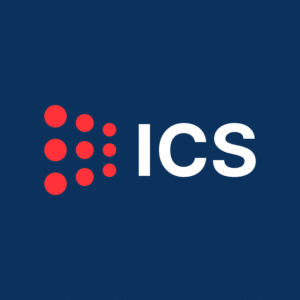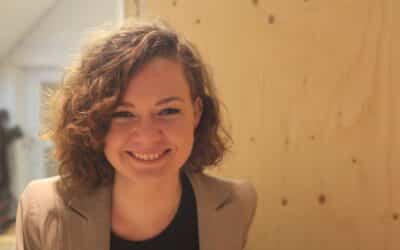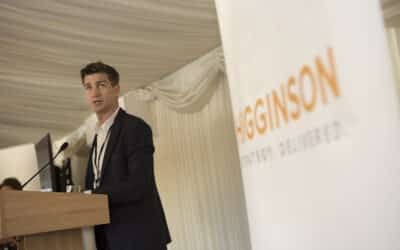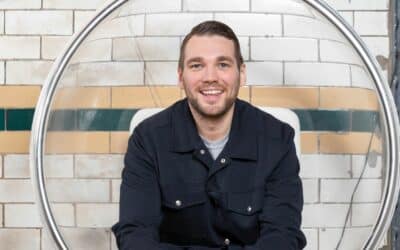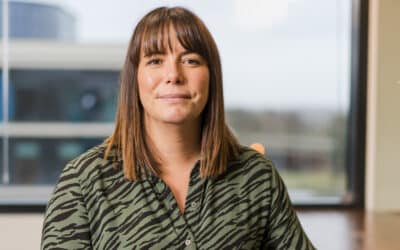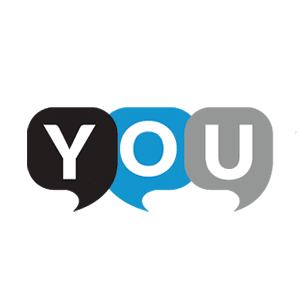Jack Mattison joined ICS-digital in 2020 as a creative designer.
Through a number of promotions, he is now a digital design specialist at the Leeds-based agency.
With a 100-strong team and clients including Buzz Bingo, Skilling and Flutter Entertainment, ICS-digital was named one of Prolific North’s Top 50 Digital Agencies in 2022.
Here, Mattison shares his career journey, tips and advice…
How did you first get into your industry?
My background is more of a technical one relative to what I do now! I studied Computer Science at the University of Leeds as I had always had a keen interest in how technology could be harnessed to create things. Over time, my passions shifted to take on more of a creative focus, as I got interested in graphic design, especially concept design including video and animation. Through working on a number of ad-hoc creative projects after university I was able to build up a diverse portfolio of visual work.
What do you love about your job?
I love being a part of the creative process as new designs come to life and evolve each day. Seeing those designs then generate results as part of larger campaigns is extremely fulfilling. I enjoy witnessing an emotional response to a design and I find it especially interesting how this can be leveraged to maximise the message of the piece, something we often focus on across our Digital PR campaigns.
Who – or what – has inspired you in your career?
Film, TV and music – I’ve loved the idea of performance and showmanship since a young age and I think this same idea translates into my passion creating visual content for an audience, and then seeing the reaction it gets or results it generates! Anytime I see a piece of art or design evoking a response in someone I get fired up! It’s a cliche but I’ve got to say that my Dad is also a massive source of inspiration, he’s always been a go-getter, and, in a less traditional sense is a designer in all aspects of his life – very intentional and purpose-driven in the way he approaches things, so this has definitely rubbed off on me!
What are the biggest challenges about your job?
Managing the subjectivity of design decisions across a team who are inevitably going to have their own personal preferences is always challenging. A big part of the solution here is ensuring that all of our visual choices are grounded by a solid foundation of logic and reasoning that ultimately puts the user first. Effectively communicating a visual idea or concept can also be a challenge, especially when this idea may be interactive or involve multiple steps. People can interpret the exact same design in various different ways and so taking the time to talk through and explain things from the point of view of the end-user is something I find clears up any ambiguity.
What skills have been the most crucial to you succeeding in your career so far?
Through having a more technical background I’ve been able to keep myself grounded in a practical mindset when solving design problems. Allowing the real-life constraints of a problem to guide me in solving said problem is a good strategy for filtering out less optimal solutions. I would say something that’s allowed me to flourish is being able to work from a brief that isn’t yet fully formed. It’s all too easy to wait for a fully-formed problem to present itself before being willing to make a start on a design.
As often as I can, I try to be proactive and suggest solutions myself to try to bridge the gap between idea and reality. I will use the unknowns as a starting point for a new way of looking at the problem. There is a lot of value in being able to not only come up with an idea but then also being able to turn that idea into a working product, whether that is through a mockup or a prototype. That is a dangerously valuable combination. By showing someone a working product, rather than just putting forward the idea of it, you can truly communicate the look, feel and function of that product and generate feedback that you can trust.
What was your first salary and what could someone getting into the industry expect to earn nowadays?
Back in the day, my starting salary was 16K as a Junior Designer! These days, I suspect this starting figure could be around 20K.
What education or training would be most useful for someone looking to follow your career path?
I think learning through doing is the best way – if you’re not making mistakes, you’re not growing. There are plenty of resources online, but focus on quality over quantity and make sure you get the basics down. Good typography, colour and spacing are the backbone of a good design and people overlook these so often. Master the core principles and you’re golden.
What advice would you have for someone looking to follow your path?
In the early stages, I’d say, never be afraid to make mistakes. Find out what you enjoy doing the most, then do that one thing and do it until you’re an absolute master at it. Keep flexing your design muscle and design something every single day – use it or lose it, as they say! Most importantly, enjoy what you’re doing.

